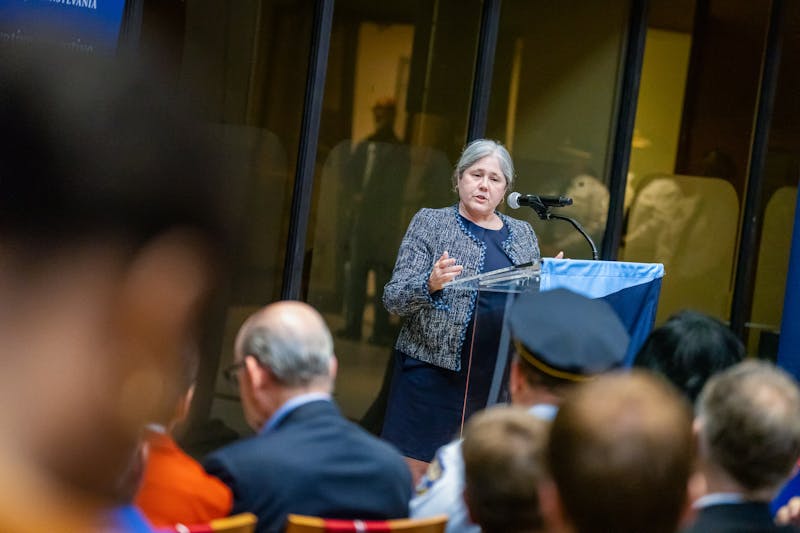
It’s no secret many Penn students are stressed, overworked, and under an immense amount of pressure. A quick survey of what happens once classes finish for the week reveals a host of different ways we deal with that pressure, from parties to dinners to sleep. When we spend time with friends and family is in part determined by our University Council-approved Academic Calendar. This calendar mandates grade change deadlines, which days we have finals, and most importantly, when we have days off.
When comparing Penn’s calendar to our peers' calendars, a striking statistic jumps out. In the 2017-2018 school year, we had an average of 18 fewer days of breaks than the rest of the Ivy League. It is time for the University to reconsider its calendar and add more days for rest and recuperation to our schedule, giving us an additional break from the often stifling Penn bubble.
During the academic year, we lose the majority of our potential time off in our mid-year breaks. We receive two days off for fall break, two days off for Thanksgiving, 18 days off for winter break, one day off for Martin Luther King, Jr. day, and five days off for spring break. For the 2019-2020 academic year, that totals 28 days off compared to 36 for Columbia, our nearest “competitor.”
The benefits of having more days off are fairly obvious. Not having classes frees up precious time to catch up or get ahead in class, work on assignments before the 11th hour, or devote time to non-academic things, like catching up with friends, planning for the months ahead, or just sleeping in to recover from the semester-long cold many of us have.
But it's also important to distinguish between having University-mandated breaks and just taking a personal day. Mandatory days off can serve as a proactive minimizer of negative stress and, if well-placed, can give students some breathing room as the demands of college increase.
On the other hand, encouraging students to take a personal day can often go unheeded, especially for the many workaholics at Penn. Case studies from the workforce show that even when given unlimited days off, many workers took few (if any) days off. Researchers found that when a person was in a competitive, tight environment, self-selected days off were seen as a sign of weakness and used by cutthroat employees as evidence of superiority, a further deterrent for taking a day off. In fact, they found that given such latitude, work often bled into personal time more than before, and resulted in less restful time off.
As a university, there are different ways we could incorporate additional time off. One of them would be to increase the duration of our winter break (where many of our peer institutions allot most of their time off). However, increasing the number and duration of mid-semester breaks is a better solution as it gives a true “break” — long enough to give a pause in work, but short enough that we don’t forget information critical to the semester.
There are many places a break could be implemented, but it should be at a time where it can break up the drudge of a semester (like in the spring around Presidents' Day or in the fall near Election Day). Additionally, extra days could be added to already existing breaks (like making fall break a full week à la Yale.) Extra days would let students visit their families or explore the Greater Philadelphia area.
As Penn students, we can actually make a change. Penn’s last major calendar update (our two-day fall break) was lobbied for by the Student Committee on Undergraduate Education and successfully added in 1984. So the bottom line: There is precedence for more changes to be made.
As Penn makes deliberate efforts to increase student wellness at Penn, our academic calendar has to be leveraged as a tool to decrease the negative effects our campus culture has on ourselves and our peers.

ALFREDO PRATICÒ is a College freshman from Philadelphia, Pa. His email address is pratico@sas.upenn.edu.
The Daily Pennsylvanian is an independent, student-run newspaper. Please consider making a donation to support the coverage that shapes the University. Your generosity ensures a future of strong journalism at Penn.
Donate






